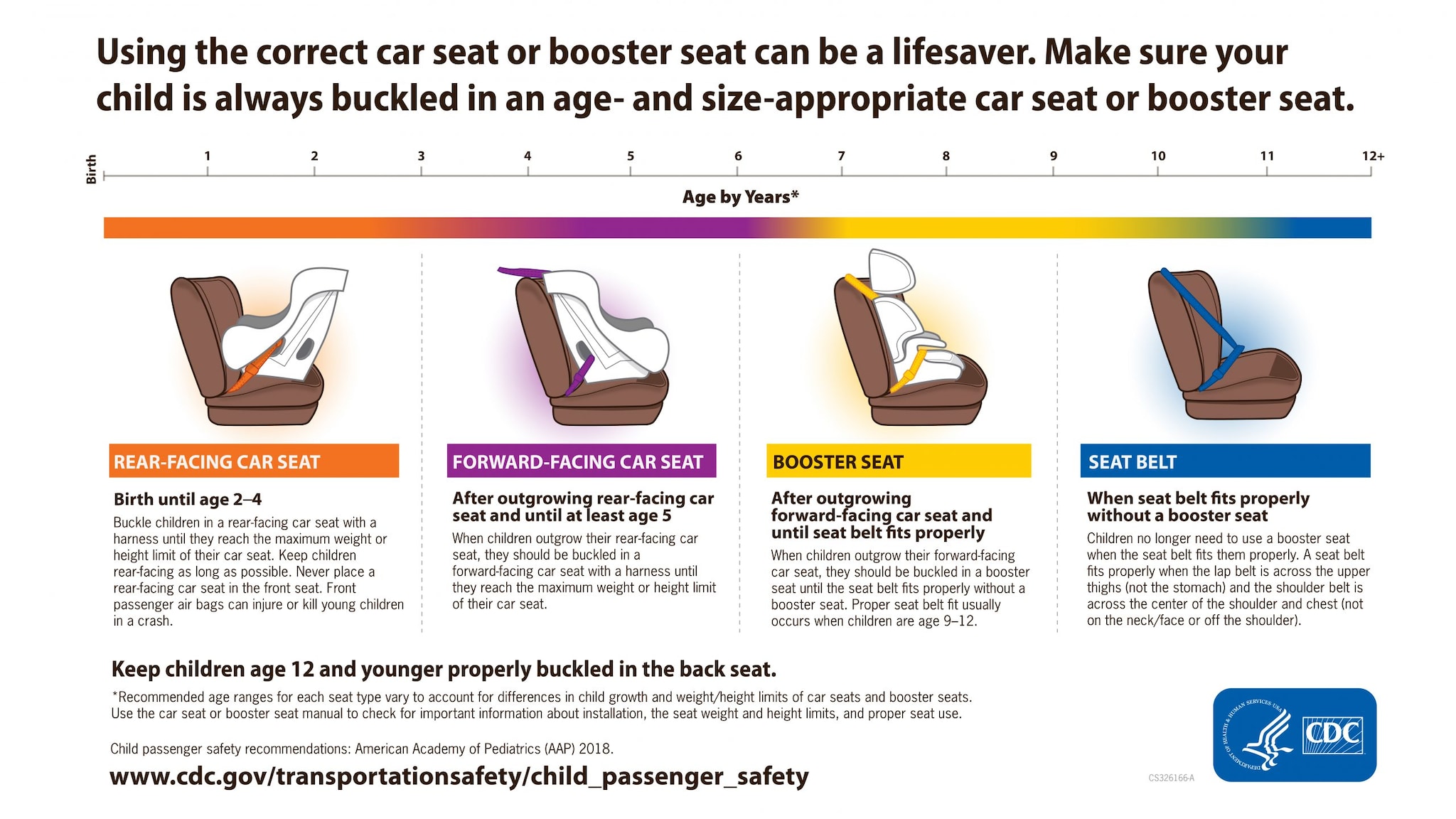Keep Child Passengers Safe on the Road
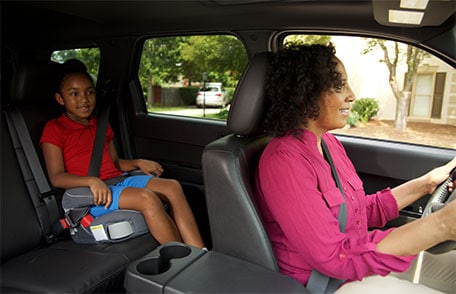
Make sure children ages 12 and younger are always properly buckled in the back seat in a car seat, booster seat, or seat belt—whichever is appropriate for their age, weight, and height.
Reduce Their Risk
Motor vehicle crashes are a leading cause of death among children in the United States. In 2020, 607 child passengers* ages 12 and younger were killed in motor vehicle crashes, and more than 63,000 were injured. Of the children who were killed in a crash, 38%† were not buckled up. Parents and caregivers can make a lifesaving difference by ensuring that their children are properly buckled on every trip.
Data show:
- Car seat use reduces the risk for injury in crashes by 71–82% for children, compared with seat belt use alone.
- Booster seat use reduces the risk for serious injury by 45% for children ages 4–8, compared with seat belt use alone.
- Seat belt use reduces the risk for death and serious injury by about half for older children and adults.
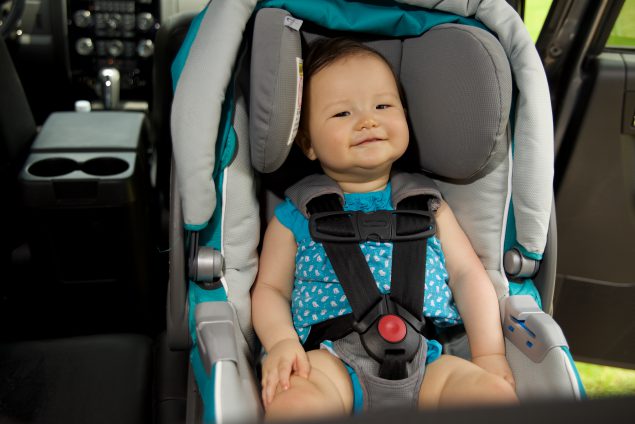
National Child Passenger Safety Week 2022 is September 18–24. Check to make sure your child’s seat is properly installed and is appropriate for their age, weight, and height.
Make sure children are properly buckled in a car seat, booster seat, or seat belt—whichever is appropriate for their age, weight, and height.
- Use a rear-facing car seat from birth until ages 2–4.
- Infants and toddlers should be buckled in a rear-facing car seat with a harness, in the back seat, until they reach the maximum weight or height limit of their car seat. This offers the best possible protection.
- Check the car seat manual and labels on the car seat for weight and height limits.
- Never place a rear-facing car seat in the front seat. Front passenger air bags can injure or kill young children in a crash.
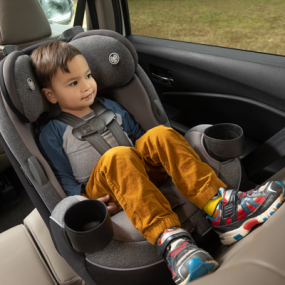
- After outgrowing their rear-facing car seat, use a forward-facing car seat until at least age 5.
- When children outgrow their rear-facing car seat, they should be buckled in a forward-facing car seat with a harness and a top tether, in the back seat.
- Children should stay in their forward-facing car seat until they reach the maximum weight or height limit of this seat.
- Check the car seat manual and labels on the car seat for weight and height limits.
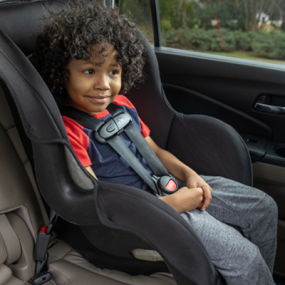
- After outgrowing their forward-facing car seat, use a booster seat until the seat belt fits properly.
- When children outgrow their forward-facing car seat, they should be buckled in a belt-positioning booster seat with a seat belt, in the back seat, until the seat belt fits properly without a booster seat.
- A seat belt fits properly when the lap belt is across the upper thighs (not the stomach) and the shoulder belt is across the center of the shoulder and chest (not across the neck or face, and not off the shoulder). This usually occurs when children are between 9 and 12 years old.
- Tip: Seat belt fit can vary by vehicle, so check seat belt fit in all vehicles where the child will ride to make sure the child no longer needs to use a booster seat. Sometimes a child might need a booster seat in one vehicle but not in a different vehicle.
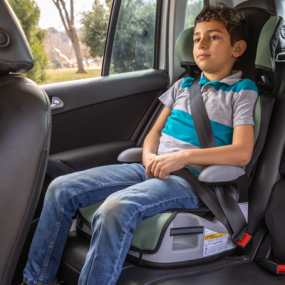
- When the seat belt fits properly without a booster seat, use a seat belt on every trip.
- Children no longer need to use a booster seat when the seat belt fits them properly. A seat belt fits properly when the lap belt is across the upper thighs (not the stomach) and the shoulder belt is across the center of the shoulder and chest (not across the neck or face, and not off the shoulder).
- Proper seat belt fit usually occurs when children are between 9 and 12 years old.
- Seat belt fit can vary by vehicle, so check seat belt fit in all vehicles where the child will ride to make sure the child no longer needs to use a booster seat. Sometimes a child might need a booster seat in one vehicle but not in a different vehicle.
- Keep children properly buckled in the back seat through age 12 for the best possible protection.
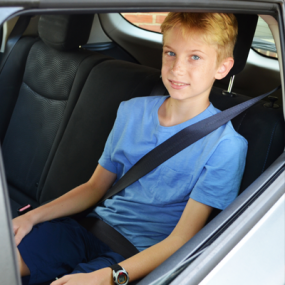
Install and use car seats and booster seats according to the car seat/booster seat manual. You can get help installing them from a certified child passenger safety technician.
- Find a child passenger safety technician near you.
- Find a local car seat inspection station near you. Note: Some inspection stations now offer virtual appointment options in addition to in-person appointments.
Buckle all children ages 12 and younger in the back seat.
- Buckle children in the middle of the back seat, when possible (using a lap and shoulder belt), because it is typically the safest position in the vehicle.
- Air bags can kill young children riding in the front seat. Never place a rear-facing car seat in front of an air bag.
- Buckle children in car seats, booster seats, or seat belts on every trip—no matter how short the trip.
- Set a good example and help protect everyone in the car by always using a seat belt.
* On this webpage, child passenger refers to any child who was killed in a traffic crash as a passenger vehicle occupant. Passenger vehicles include passenger cars and light trucks.
† Restraint status was known for 549 of the 607 child passenger vehicle occupants ages 12 and younger who were killed in crashes in 2020. Among the 549 child passengers for which restraint status was known, 211 (38%) were unrestrained.
- CDC Child Passenger Safety Graphics: How to Avoid the Most Common Mistakes
- CDC Child Passenger Safety website
- National Highway Traffic Safety Administration (NHTSA): Child Safety Information for Parents and Caregivers
- American Academy of Pediatrics (AAP) Links:
- AAP website for parents (Healthychildren.org): Car Seats: Information for Families
- AAP Child Passenger Safety Policy Statement
- AAP Child Passenger Safety Technical Report
- Insurance Institute for Highway Safety (IIHS) Links:
